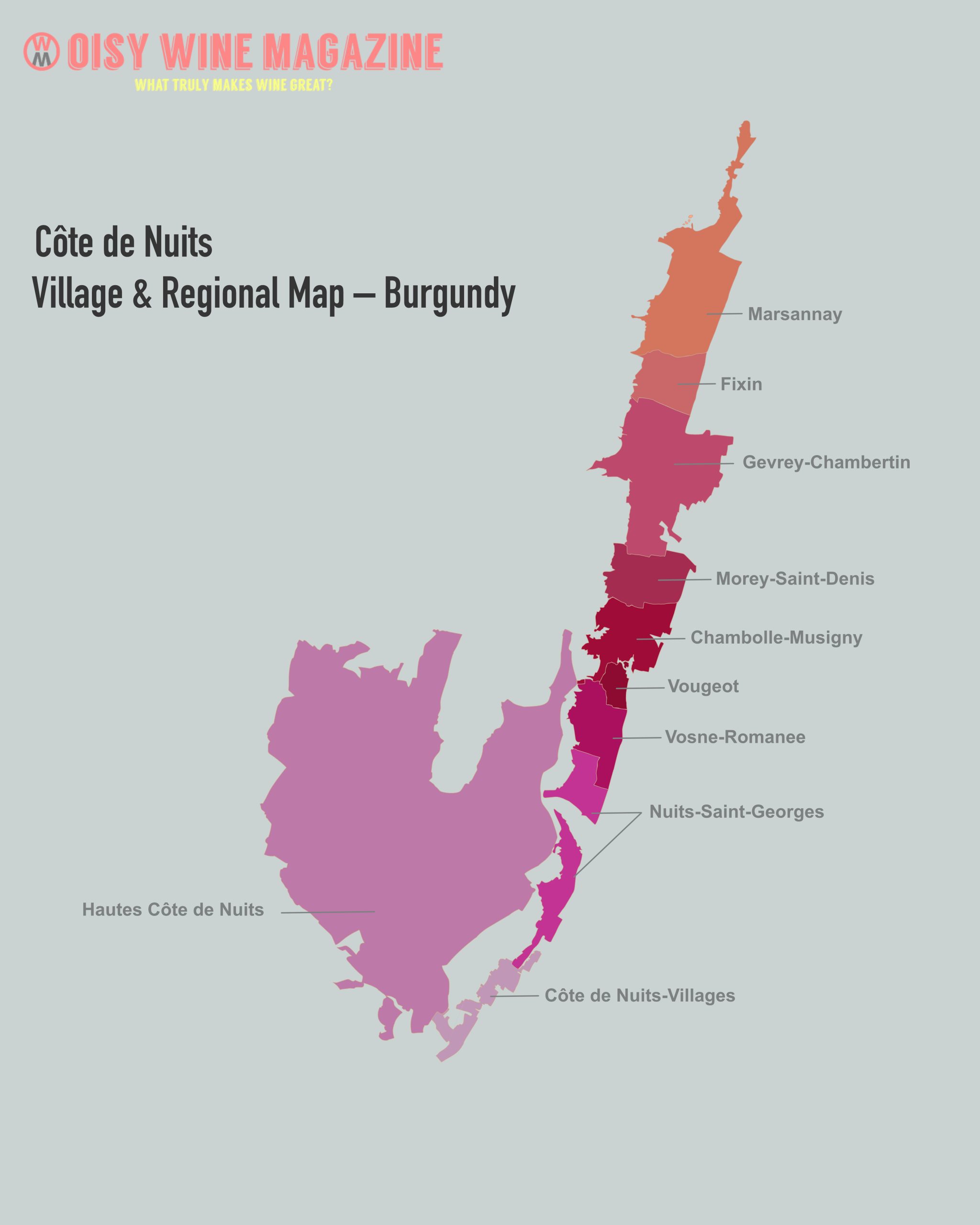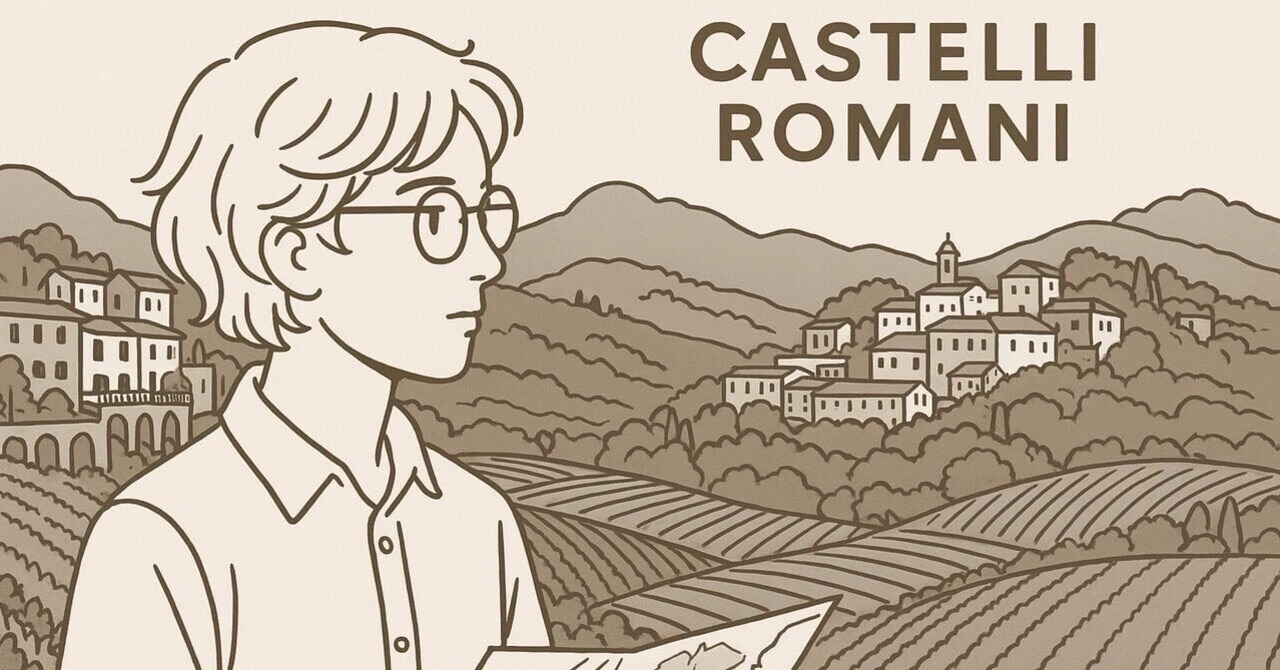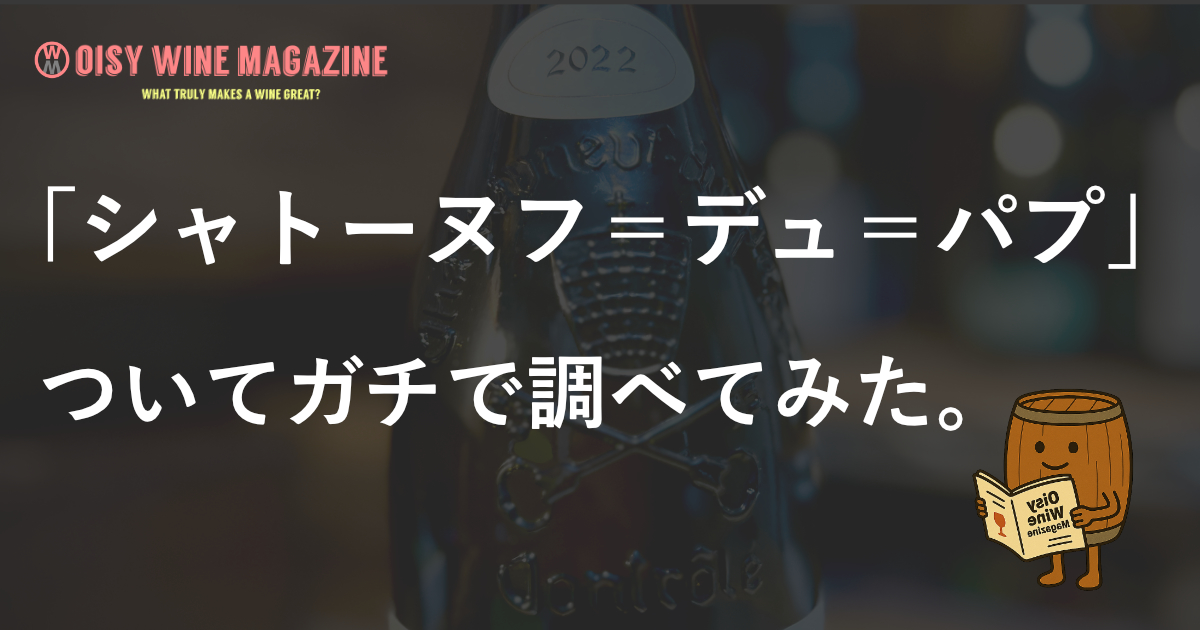Hello, my name is Oisy.
The other day, a wonderfulCastelli Romani.I came across the wines of the "Mere Old Man" and looked into them for a better understanding.
Castelli Romani" is not the name of the city.
In fact, "Castelli Romani" is a specificNot the name of a single city, but the name of an area of hills southeast of Rome.It is.
The name "Castelli Romani."The Castle of Rome.means "a person who is a member of a group of people who are not members of a group.
This is because in the Middle Ages, wealthy Roman citizens were attracted to the area by theThe building of many large villas and small castles (castelli)It is derived from the
Since ancient Roman times, this area has been a place for Roman aristocrats to avoid the summer heat.summer resortIt was a place frequently visited as a
The tradition has been carried on by successive Popes, and the Pope's summer residence is still located there today.
Where is it?
Located in Lazio, Italy.
RomeSpreading to the southeast ofhilly areaThe name has long been used by the Romans in the name of thesummer resortThe place has been used as a It's about an hour's drive away.
Formed by volcanic eruptions
The area stretches at the foot of the Alban Hills (Colli Albani) and was formed by past volcanic eruptions.Fertile volcanic soilsis a major feature.
The former crater area contains two beautiful crater lakes, Lago Albano and Lago di Nemi.
Lake Albano
Lake Nemi
What kind of soil?
Geographically, the vineyards range from 19 meters to 600 meters above sea level and are located primarily on west, southwest and south facing slopes.
Geological,Limestone of Mesozoic ageAnd,Volcanic ejecta (volcanic ash, lapilli) from the eruption of Laziale volcano during the QuaternaryThey are composed of the following.
especiallySoil that has not been caked with volcanic ash is "terrinelle."Also called,Deep sandy soil with good drainageForms a
On the other hand, solidified tuff is poorly drained and requires deep tillage for cultivation.
Incidentally, the volcanoes here areVulcano Laziale.It is called
Vulcano" means "volcano" in Italian.
Laziale" is the name of the province that includes Rome, "Lazio".
When connected.The Volcano of Lazio.This is the meaning of the term.
What kind of climate?
The climate is transitionalMediterranean climateand annual precipitation averages between 810 and 1110 millimeters.
The average annual rainfall in Japan is around 1,600 mm, so the impression is that there is not much rainfall in comparison.
Summers (June, July, and August) are relatively dry, but not extreme.
Average annual temperatures range from 14.8 to 15.6 degrees Celsius, and winters are not too severe.
The average temperature in Tokyo is about 15.4 degrees Celsius, which is just about the same.
What history?
Castelli Romani has a very long history of winemaking,thousands of years agoThe vineyards of Lazio date back to the time when the Romans learned viticulture from the Persians and began to spread their vineyards all over Lazio.
The A.D. poet Ewenaris (65-135) wrote that the locals kept the best wine for themselves and told their guests to "Terrible eruption that looks like it should have been used to grease the wool.The irony is that he was selling the "I'm sorry.
Middle AgesIn the 1860s, the vineyards were controlled by a number of monasteries and influential people, and wine production continued, albeit on a small scale.
As Rome became the seat of the Papacy and its population grew, so did the demand for wine in the Roman market.
Castelli Romani became the main supplier to Rome, and there were many taxes (Gabelle) and regulations regarding wine
15th centuryalready has records of wine transactions.
mid-16th centuryto, the demand could not be met by Roman wine alone,Castelli Romani wines enter the Roman market in large quantities.It will be like this.
This was due, in part, to the fact that popes and cardinals demanded diverse, high quality wines for their tables.
However, throughout its long history, Castelli Romani wines have not always had a good reputation.
Some producers are forced to set wine prices very low in order to increase sales of other services, and the only way to make a profit is toDiluting wine with water.He even admits that it was.
Fortunately, those poor quality days seem to be part of history now, and in modern times, new vineyards have been cultivated and wineries established, and the quality level and prestige of the wines have increased thanks to the efforts of experts.
What kind of wine is produced?
At Castelli Romani DOC, the main focus is onWhite, Rosato (rosé), Rosso (red)Three types of wine are produced.
Each of these wines isSecco (dry), Amabile (slightly sweet), Frizzante (slightly effervescent)types.
Rosso has an additionalNovello (new wine)Type is also allowed
white wineThe main varieties ofMalvasia (Malvasia Bianca di Candia and Malvasia Puntinata) and Trebbiano (Trebbiano Toscano, di Soave, Verde, Giallo) up to 301 TP3TBlending is permitted.
Red Wine and RosatoThe main varieties of theSangiovese, Cesanese, Montepulciano, MerlotIt is.
The DOC regulations add to these varieties,Nero Buonoand other black grape varieties are permitted.Up to 15%Blending is also possible.
Rosato is,Blending white and black grapesOr,Black grapes onlyThe wine is made by brewing
DOC regulations for Castelli Romani
Castelli Romani DOC.Ha,November 4, 1996The current production regulations were approved by decree of the "Laws and Ordinances of the Ministry of Agriculture, Forestry and Fisheries (hereinafter referred to as the "Laws and Ordinances") and have been amended several times since then.
viticultureAs for the planting density, tailoring, and pruning methods, traditional methods are recommended.
Especially in new or replanted vineyards, a planting density of at least 1,100 plants per hectare is specified, as well as traditional tailoring methods such as guillot, cordone speronato, and cortina pendente.
Grapes.Maximum yieldalso stipulates that white wine grapes must not exceed 16.5 tons per hectare and red and rosato grapes must not exceed 16 tons per hectare.
However, if yields exceed this limit slightly (up to 781 TP3T for white and 751 TP3T for red and rosato), the excess cannot bear the DOC name, but all grapes that exceed it lose their DOC rights.
In some years, even stricter yield restrictions may be imposed by the state.
Grapes.Minimum Alcohol Contentis set forth as 10.00% vol. Relief irrigation is permitted.
brewingmust, in principle, take place within the defined production area.
From grapes to wine during vinificationMaximum Yieldis also specified: 73% for white wines and 70% for reds and rosates.
The DOC name cannot be used for the portion exceeding this amount.
As for bottling, for containers of 5 liters or less, it is stipulated that glass bottles be used and sealed with a cork stopper or screw cap (tear-off caps are acceptable for containers up to 0.375 liters).
Corks with crowns are not permitted.
displayThe use of quality modifiers (e.g., extra, fine, scelto, etc.) is prohibited with respect to
However, it is permitted to indicate the name of the producer, the brand name, and even the name of a specific commune, hamlet, district, or place within the regulated area.
Specific field names (vigna) can also be displayed if they meet the requirements.
What kind of wine does it taste like?
This is for reference only, but specific wine characteristics are described in detail in Article 6 of the DOC Regulations.
Castelli Romani" Bianco:. Pale straw color, fruity and intense aroma, fresh and harmonious taste (secco, frizzante, amabile)
Castelli Romani" Rosato:. Pale pink color (sometimes with ruby tints), fruity and pleasant aroma, fresh and harmonious taste (secco, frizzante, amabile).
It is characterized by a relatively light body and lively character.
Castelli Romani" Rosso:. Pale ruby color, persistent aromas from the grapes (Novello is fruity), fresh, harmonious and rounded palate (secco, frizzante, amabile).
It has a moderate structure, rich in polyphenols and tannins but not rough, giving it body.
summary
After all, the wines of this region areCoolness produced by the high altitudeAnd,Diverse minerals from the volcanic ash soil produced by Lazio's volcanic mountainsseems to be the key to the flavor.
By the way, I thought it was a wonderful wine from a cantina called Terracanta.
It is located in Castelli Romani, but upon closer inspection, it is not Castelli Romani DOC, but Lazio I.G.T.
The wine was energetic and wonderfully natural, with a minerality on the palate that I believe comes from the volcanic ash soil.

Please try it when you have a chance.
See you soon.





Comment